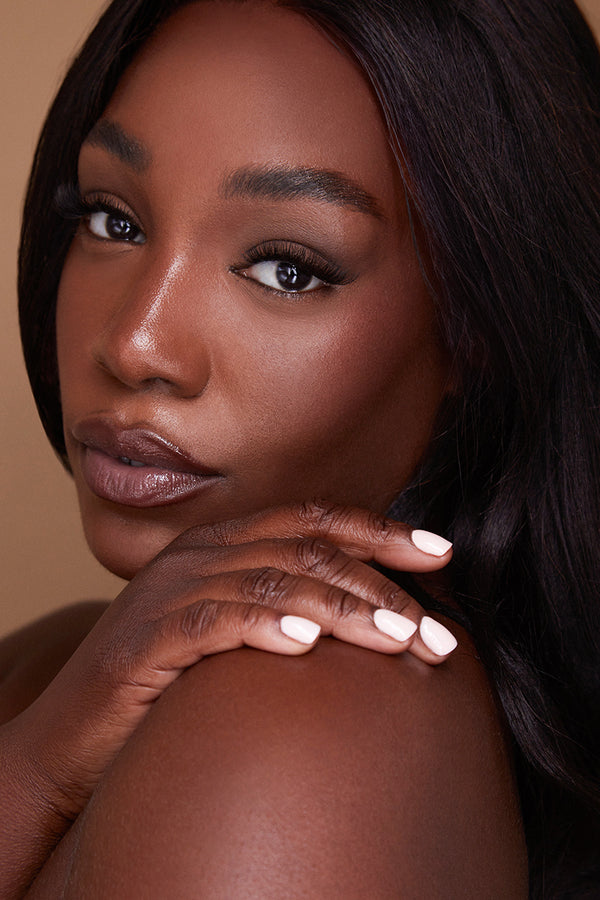FREE STANDARD SHIPPING FOR ORDERS OVER £90!🚚

0
Your Cart is Empty
FREE STANDARD SHIPPING FOR ORDERS OVER £90!🚚
FREE STANDARD SHIPPING FOR ORDERS OVER £90!🚚

Your Cart is Empty
FREE STANDARD SHIPPING FOR ORDERS OVER £90!🚚
October 07, 2024 2 min read
Suppose you’ve spent any time in the lash industry. In that case, you’ve probably come across technicians asking for the fastest-drying Lash Glue, or the strongest eyelash extension glue, believing it’s the key to faster lash sets that last longer. We’ve been asked this question countless times, especially as we approach London Lash’s 10th anniversary! No matter how many times it comes up, our response remains the same: the fastest glue isn’t always the strongest bond. Let’s break it down:
It’s true that what makes a glue fast and what makes it strong are related. The key ingredient, cyanoacrylate, gives the glue its bonding power. The more cyanoacrylate present, the faster it dries and the stronger it bonds—in theory. But, it doesn't mean it's the best lash extensions glue for you.

Cyanoacrylate reacts with moisture in the air, which is why it cures quicker when there’s more humidity. While temperature also influences curing, humidity is often the sneaky factor that goes unnoticed.
High levels of cyanoacrylate + high humidity = a super-fast curing glue. That’s why we recommend you check out our Glue Chart carefully and always ask you for your room’s temperature and humidity levels when recommending a glue, and why we insist that every lash artist invest in a Digital Hygrometer.

Each glue has an ideal temperature and humidity range where it performs best. If your humidity is too high for the glue you’re using, it will dry even faster than advertised. This is not because the eyelash glue is ineffective, but more so that the room conditions are making the adhesive react faster, hence why they need to be optimised.
The truth is, the more cyanoacrylate a glue has, the quicker it will cure. But the faster a glue cures, the more brittle the bond can become. This is especially true if the glue comes into direct contact with moisture, causing it to shock polymerise (which is what happens when you see white residue on the glue).

Now let’s assume your humidity is perfect, and your glue is drying as expected. All good, right? Well, not necessarily.
If your placement speed doesn’t match the drying time of your glue, the glue may start to cure before the extension is placed on the natural lash, leading to a weaker bond—even if your prep is flawless.
Instead of chasing the fastest glue, actually time yourself dipping and placing an extension to see what glue speed you really need.

The strongest, and therefore best, glue is the one that bonds properly with your natural lash, in your room conditions, at your speed. As much as the fastest, strongest glue may sound appealing, it’s not worth risking your client retention if the glue is too fast for your application speed.
Sign up to get the latest on sales, new releases and more …


